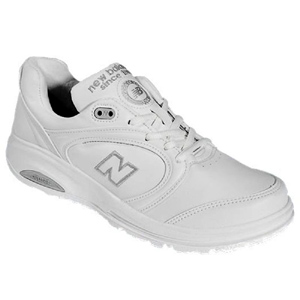Dear Shoe Lady
I am currently only wearing breeze walker by propet, size 13 narrow
cannot find anything, anywhere. Can you help? Also, I have pronation.
Felice
Dear Felice,
I am surprised and pleased to report that I just found 67 different styles in size 13N on DesignerShoes.com at this link:
http://www.designershoes.com/?sizewidth=150
Many of these are New Balance athletic shoes. There are some nice loafer choices from Trotters. And, of course, there is Propet. Still that is not a great choice if you want something for dressy evening? Business attire dress?
But I think your bigger problem is comfort and fit. You can’t always tell by the size and width marked on the box that the shoes are going to feel right for you. Technically there are 28, TWENTY EIGHT!, different fit points on a shoe. No wonder those of us with hard to fit feet have a hard time. It is hard enough finding a size 13N. But that only measures two out of 28 fit points.
Pronators tend to have their ankles lean inward when they walk. Supinators are the opposite, with ankles that lean out. Either way, these walking styles can result in soreness in your shins, calves and knees. As you move through a step, your foot hits the ground and rolls. But pronators’ feet continue rolling inward too much. For comfort and protection of your legs, look for shoes that have motion control or stability features and firm, multidensity midsoles and external control features. Personally, I think New Balance is the place to go for these requirements.

The 812 style is one they have in the collection, http://www.designershoes.com/new-balance-ww812wt-white. It is available in 13 Narrow and has a “roll bar” feature which offers their highest level of stability for pronators.
Take care of those feet and they will take care of you!
Best,
The Shoe Lady
